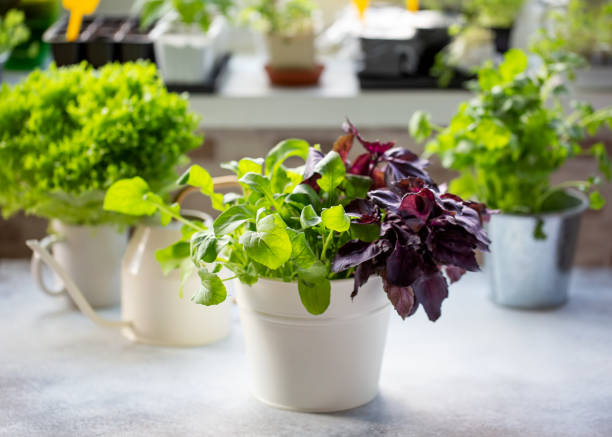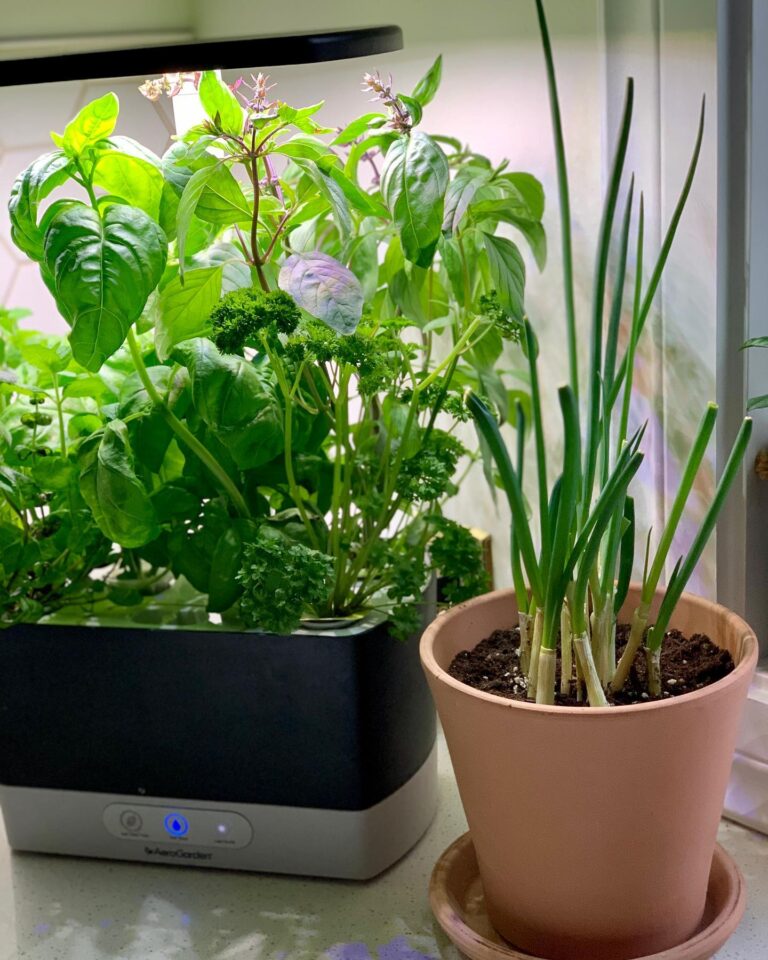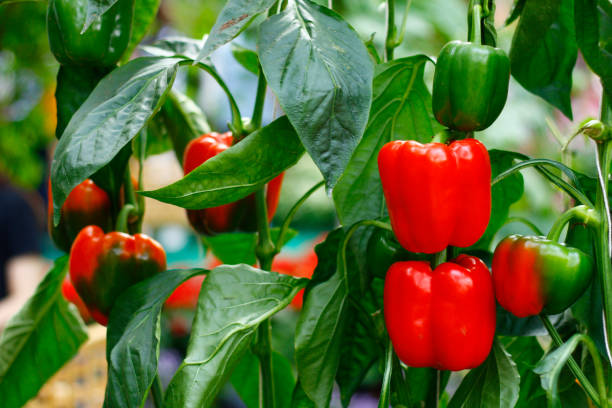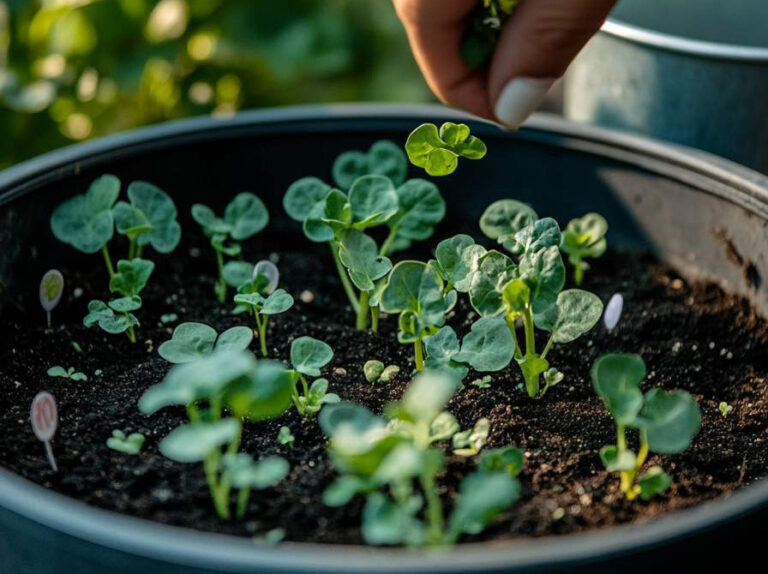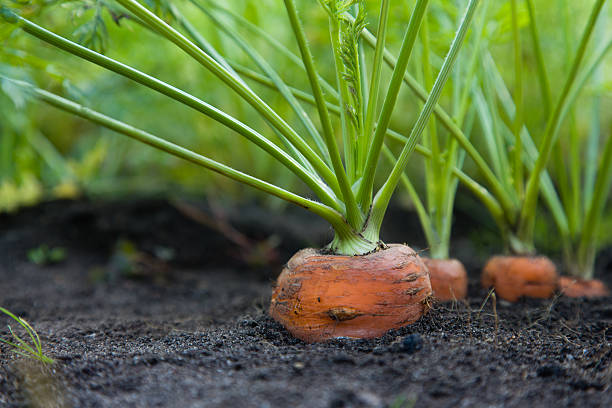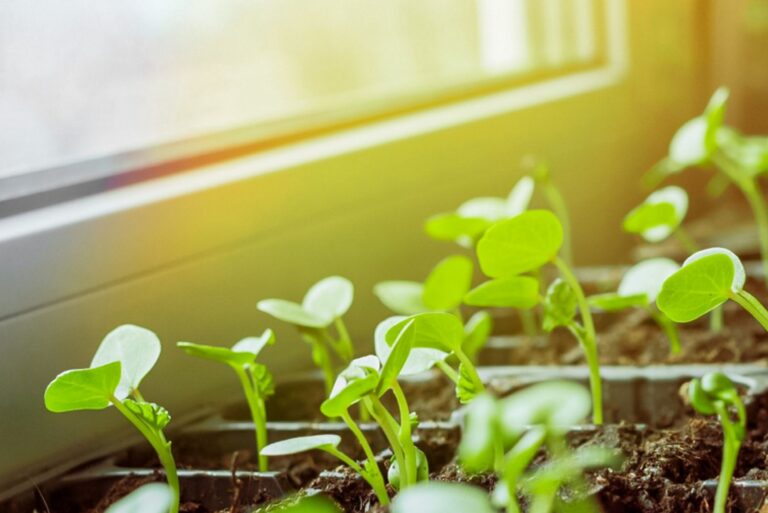How to Grow Lettuce Indoors (Even If Your Backyard’s a Shoebox)
Growing lettuce indoors is kinda like baking bread—once you start, you’ll wonder why you didn’t do it sooner.
Whether your working with a tiny flat, Auckland weather that can’t make up its mind, or just want salad greens on standby, indoor lettuce is the way to go. Lush, crunchy, and way cheaper than what Woolies sells in those soggy plastic bags.
Here’s the lowdown on how I grow my own little salad jungle right in the kitchen—yep, next to the toaster.
First Things First: Choose Your Lettuce Wisely
Not all lettuce is built the same. Some are drama queens, some are chill. For indoor growing, stick with the chill ones:
Loose-leaf varieties like Black Seeded Simpson, Oak Leaf, or Salad Bowl are perfect. These are cut-and-come-again types, so you can snip what you need and it keeps growing. Black Seeded Simpson is considered one of the best lettuce varieties for containers.
According to gardening experts, “Look for loose-leaf varieties, such as Baby Oakleaf, Tom Thumb and Black-Seeded Simpson” for best indoor results.
They also recommend winter varieties like Arctic King and Winter Marvel if you’re growing during cooler months.
Butterhead types (like Bibb or Buttercrunch) also do well if you’ve got a bit more space. Butterhead varieties are specifically recommended for indoor gardening due to their compact growth habit.
Red varieties like Red Sails add some colour to your indoor garden and are just as easy to grow.
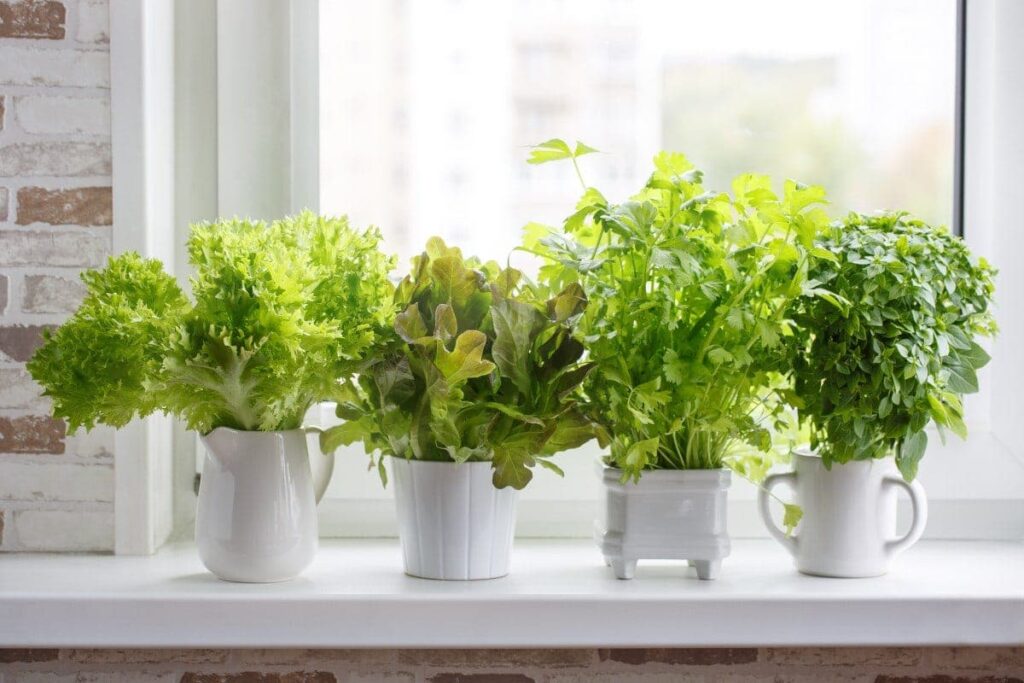
The Setup: Light It Up (Seriously)
Lettuce loves light like a tui loves flax nectar. If you don’t give it enough, it gets leggy and sad.
Window Light
A south-facing window that provides at least six hours of bright sunlight a day is usually best (that’s north-facing for folks in the Northern Hemisphere, but we’re in NZ so south it is!). But it’s usually not enough in winter.
As the experts at Gardener’s Supply put it: “Lettuce needs FULL SUN to really thrive — a south-facing window is a must, if you plan to grow on a windowsill.” They’re spot on—most of us don’t get 12 hours of sunshine indoors.
Grow Lights
You’ll want a full-spectrum LED grow light. Look for something labeled “for leafy greens” or “vegetative growth”.
Set it about 15–30 cm above the plant and run it for 14 to 16 hours daily for optimal growth.
I use a plug-in timer so I don’t forget—because trust me, I will.
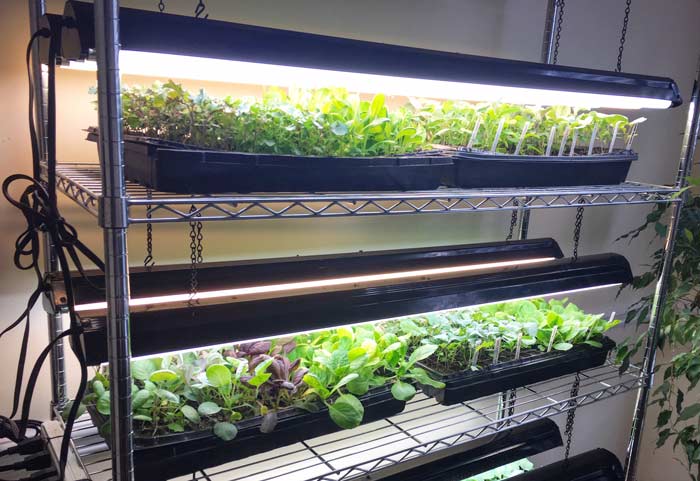
Planting Time: Seeds, Soil, and Magic
Containers
Choose a container that is at least 6 to 8 inches (15-20cm) wide and 6 to 8 inches deep. Anything with drainage will do—old yoghurt tubs, shallow bowls, fancy ceramic pots from Mitre 10.
Just punch some holes if they don’t already have em.
Pro tip from the gardening pros: “Flat, fairly shallow containers with good drainage are ideal” – they know what they’re talking about when it comes to happy lettuce roots!
Soil
Use a high-quality potting mix that’s well-draining and lightweight to ensure good health of lettuce roots. Lettuce likes moisture but hates wet feet, so keep it damp, not drenched.
Sowing
Sprinkle seeds lightly over the soil, cover with a smidge more soil (like 3mm), mist it, and your away laughing.
Lettuce sprouts quick—usually in 3–7 days. Once they’re about 5 cm tall, thin them out so plants are 4 to 10 inches apart depending on variety.

The Ongoing Salad Saga: Water, Snip, Repeat
Watering
Keep the soil moist, especially during germination. I check mine every day—just a finger poke test. Dry? Give it a drink. But don’t overdo it or you’ll get root rot.
Temperature
Cool to average room temperatures of 60-70°F (16-21°C) work best, with a 10°F (6°C) drop at night to keep seedlings growing steadily. Don’t put them near heaters!
Feeding
Not essential, but a liquid seaweed fertiliser once a week helps boost leaf growth. You’ll notice the difference—leaves look perkier, like they just had a flat white.
Harvesting
Start harvesting in 4–6 weeks. Just snip the outer leaves and leave the rest to keep growing. That’s the beauty of loose-leaf varieties!
The gardening experts recommend: “Starting with the outer leaves first, trim each leaf at the plant’s base, about an inch from the soil.
Leave the remaining leaves to grow for a few days longer.” This way you get continuous harvests instead of just one big chop.
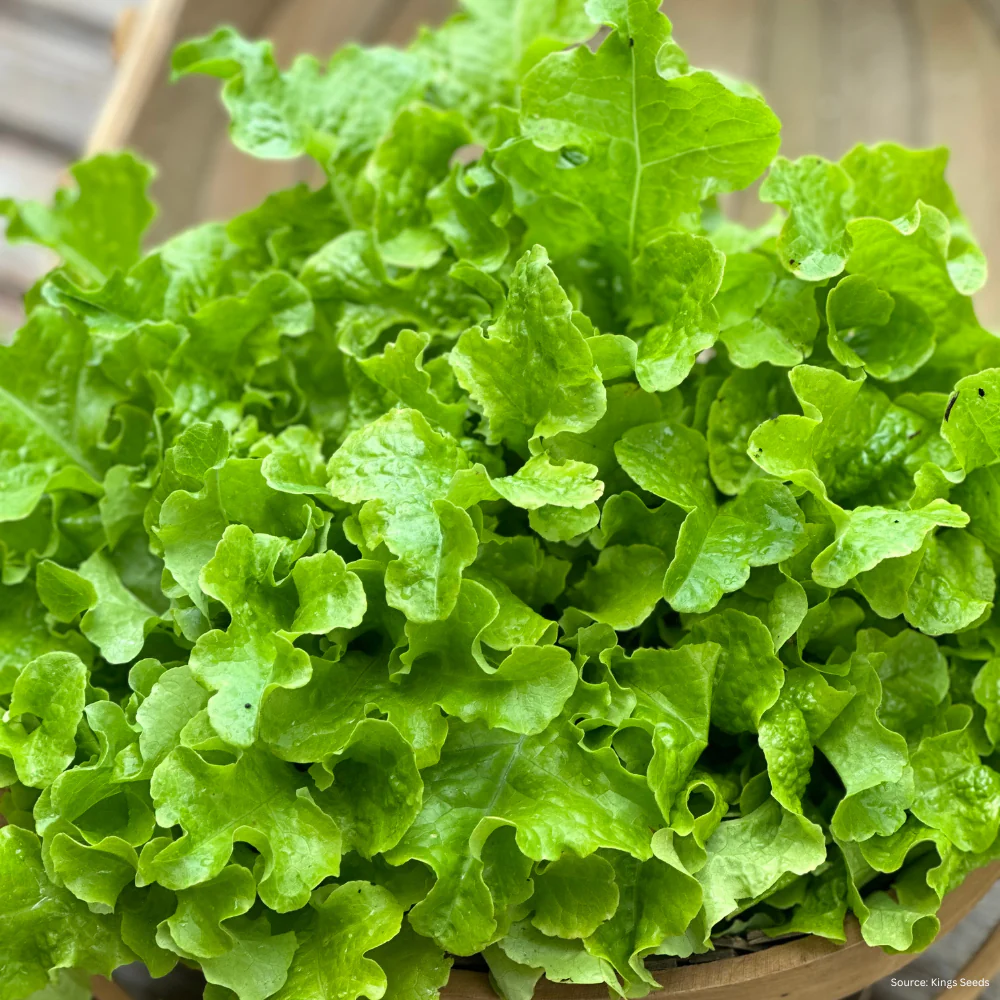
Common Oopsies (And How to Dodge Them)
- Too leggy? Not enough light. Get that grow light closer or increase the hours. As one horticulturist puts it: “leggy, yellowed plants are light-starved” – pretty obvious once you know what to look for!
- Wilting? Either too dry or waterlogged—stick your finger in to check.
- Slow growth? Could be too cold, lack of light, or poor soil quality.
- Bitter leaves? Usually means it’s too hot or stressed. Keep it cool!
Basically, treat it like a fussy flatmate. Not too much attention, not too little, and it’ll get on just fine.
The experts remind us that “Lettuces are delicate and require extra attention when grown indoors” – but don’t let that scare you off!
Bonus: Lettuce Regrow Hack
Got a sad-looking supermarket lettuce base? Stick the remaining roots in a jar filled with warm water and put it in a bright, sunny window. New growth will form within a week or two. It’s not a full plant, but it’s free salad, mate.
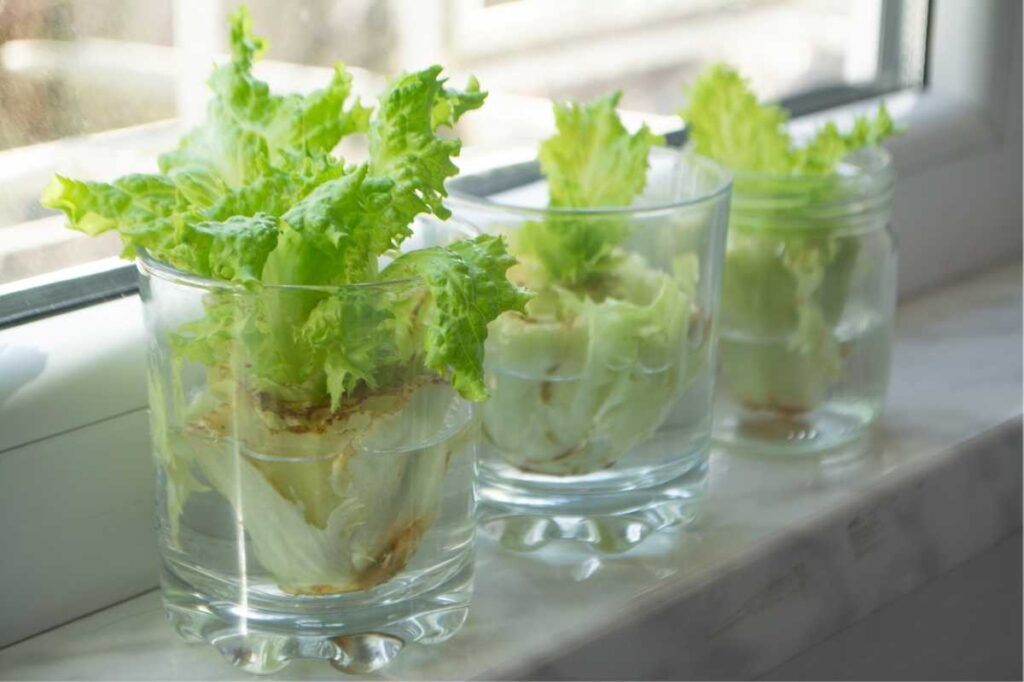
Final Thoughts
Growing lettuce indoors is low-stress, budget-friendly, and dead satisfying. No slugs. No bird raids. Just you, a few seeds, and a bit of love under the glow of a grow light. Give it a go—you might just start growing your whole salad bar next.
Useful Resources:


